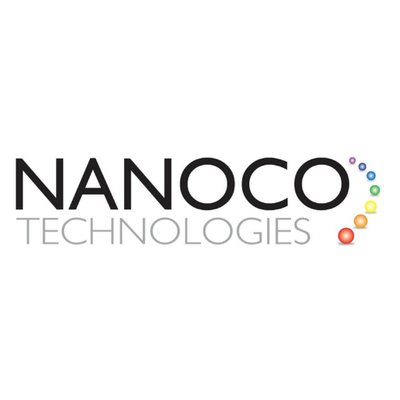Beneath the surface of conventional materials lies a frontier where electrons dance to new tunes, constrained by walls invisible to the naked eye. This microscopic theatre of quantum confinement has evolved from academic curiosity into an arena of vast strategic import, its actors poised to shape the next decade of display technologies, renewable energy and precision medicine.
When particles shrink to mere nanometres in diameter, their electronic properties shift dramatically. The energy gap that dictates absorption and emission no longer remains fixed by chemical composition alone. Instead, it flexes with size, granting mastery over colour and charge dynamics that bulk materials can only envy. This quantum effect transforms a handful of atoms into bespoke light emitters, tuned to any hue from deep indigo to fiery crimson simply by tweaking dimensions. For investors, this means a leap from one-size-fits-all components to tailor-made solutions able to hit performance targets with unprecedented precision.
Yet the allure extends beyond brilliant displays. In photovoltaics, these nanocrystals offer a way to capture solar energy across a broader spectrum, promising cells that absorb infrared waves as intelligently as they harvest visible photons. By stacking layers of differing bandgaps, a single device can mimic a solar bouquet, each layer tuned to its own slice of sunlight. While challenges remain in scaling uniformly and protecting against environmental degradation, recent advances in encapsulation and ligand chemistry hint at a path towards robust, cost-effective modules.
On the biomedical front, quantum dots outshine traditional dyes in diagnostics and imaging. Their intense luminescence and resistance to photobleaching enable physicians to track cellular processes in real time, transforming how tiny biological events are monitored. Surface chemistry innovations have fostered biocompatible coatings, allowing these particles to ferry drugs precisely to diseased cells. As regulatory frameworks adapt to nanomaterials, the door opens to contrast agents and targeted therapies that communicate directly with clinicians on the molecular scale.
Material scientists have also begun embedding these nanocrystals in flexible substrates, weaving them into bendable screens and wearables. Imagine tablets rolled into pockets or augmented-reality glasses with seamless colour consistency across curved lenses. Achieving uniform dispersion without sacrificing emissive brilliance demands intricate surface modifications, but the promise of lightweight, energy-efficient, full-spectrum displays is driving both research and pilot production efforts forward.
For long-term investors, the narrative is one of strategic timing. Early adopters may face expensive process development and the uncertainty of integration into established supply chains. However, those who back platforms capable of high-volume, low-defect synthesis stand to benefit as quantum dot deployments expand in consumer electronics, solar installations and advanced diagnostics. Watch for breakthroughs in eco-friendly manufacturing, green solvents and low-temperature processes, that could accelerate regulatory approval and widen market access.
Beyond hardware, intellectual property in synthesis methods and surface chemistries is becoming a battleground. Patents around fine-tuning emission wavelengths or improving colloidal stability can yield licensing revenues and attractive partnerships with device makers. A robust IP portfolio may even deter competition, granting first-mover advantages in emerging sectors. Investors assessing companies in this space should scrutinise patent filings alongside technical publications to judge whether innovations are incremental tweaks or genuine leaps in performance and reliability.
Risks persist, of course. Scale-up often reveals hidden costs in purity control and batch-to-batch consistency. Environmental, health and safety regulations for nanomaterials are still in flux, potentially delaying product launches. Meanwhile, competing technologies, such as micro-LEDs, are advancing on parallel tracks, and incumbents in display manufacturing may hesitate to overhaul existing infrastructure. Yet these headwinds underscore the importance of selecting partners with a track record not merely of laboratory success but of navigating the complexities of commercialisation.
Steady gains in quantum yield and stability, coupled with falling synthesis costs, are rewriting the investment thesis. What once required clean-room wizardry can now be achieved in scaled roll-to-roll processes or even injection-moulded plastics infused with emissive nanocrystals. These shifts point towards a future where quantum dots transition from niche novelty to ubiquitous component, integral to everything from solar tiles on rooftops to dynamic billboards in city centres.
In the coming years, watch for alliances between nanomaterials specialists and major electronics firms or energy utilities. Such collaborations often unlock distribution channels and spur regulatory acceptance. An investor’s ideal scenario balances hands-on R&D with strategic alliances, ensuring both technological edge and market reach.
Nanoco Group PLC (LON:NANO) leads the world in the research, development and large-scale manufacture of heavy metal-free nanomaterials for use in displays, lighting, vertical farming, solar energy and bio-imaging.










































